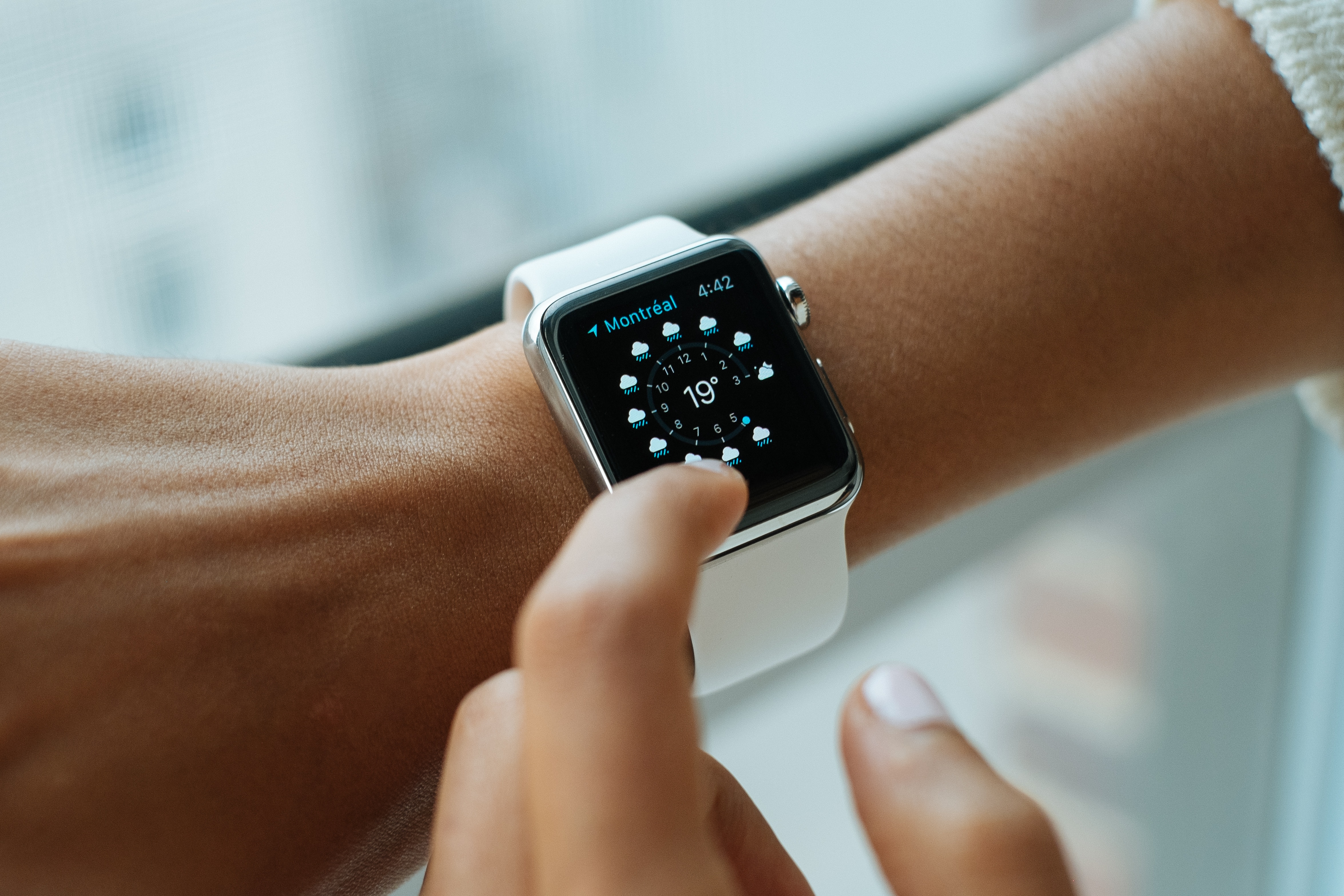|
Voice-directed Warehousing
Voice-directed warehousing (VDW) refers to the use of the voice direction and speech recognition software in warehouses and distribution centers. VDW has been in use since the late 1990s, with its use increasing drastically since. In a voice directed warehouse, workers wear a headset connected to a small wearable computer, similar in size to a Sony Walkman, which tells the worker where to go and what to do using verbal prompts. Workers confirm their tasks by speaking pre-defined commands and reading confirmation codes printed on locations or products throughout the warehouse. The speech recognition software running on the wearable computer 'understands' the workers' responses. Voice-directed warehousing is typically used instead of paper- or mobile computer-based systems that require workers to read instructions and scan barcodes or key-enter information to confirm their tasks. By freeing a worker's hands and eyes, voice directed systems typically improve efficiency, accuracy, a ... [...More Info...] [...Related Items...] OR: [Wikipedia] [Google] [Baidu] |
Speech Recognition
Speech recognition is an interdisciplinary subfield of computer science and computational linguistics that develops methodologies and technologies that enable the recognition and translation of spoken language into text by computers. It is also known as automatic speech recognition (ASR), computer speech recognition or speech-to-text (STT). It incorporates knowledge and research in the computer science, linguistics and computer engineering fields. The reverse process is speech synthesis. Some speech recognition systems require "training" (also called "enrollment") where an individual speaker reads text or isolated vocabulary into the system. The system analyzes the person's specific voice and uses it to fine-tune the recognition of that person's speech, resulting in increased accuracy. Systems that do not use training are called "speaker-independent" systems. Systems that use training are called "speaker dependent". Speech recognition applications include voice user interfaces ... [...More Info...] [...Related Items...] OR: [Wikipedia] [Google] [Baidu] |
Wearable Computer
A wearable computer, also known as a body-borne computer, is a computing device worn on the body. The definition of 'wearable computer' may be narrow or broad, extending to smartphones or even ordinary wristwatches. Wearables may be for general use, in which case they are just a particularly small example of mobile computing. Alternatively, they may be for specialized purposes such as fitness trackers. They may incorporate special sensors such as accelerometers, heart rate monitors, or on the more advanced side, Electrocardiography, electrocardiogram (ECG) and Oxygen saturation (medicine), blood oxygen saturation (SpO2) monitors. Under the definition of wearable computers, we also include novel user interfaces such as Google Glass, an optical head-mounted display controlled by gestures. It may be that specialized wearables will evolve into general all-in-one devices, as happened with the convergence of Personal digital assistant, PDAs and mobile phones into smartphones. Wearables ... [...More Info...] [...Related Items...] OR: [Wikipedia] [Google] [Baidu] |
Walkman
is a brand of Personal stereo, portable audio players manufactured by Sony since 1979. It was originally introduced as a portable Compact Cassette, cassette player and later expanded to include a range of portable audio products. Since 2011, the brand has referred exclusively to digital flash memory players. The Walkman became widely popular during the 1980s for its portable design and private listening experience. It influenced popular culture by promoting individualized music consumption and supporting activities such as aerobics. Its widespread use gave rise to the "Walkman effect," a term describing how portable music devices and headphones allow listeners to control their sonic environment. In 1986, "Walkman" was added to the Oxford English Dictionary, and in some markets the term became a genericized trademark for portable audio players. The Walkman also contributed to the widespread adoption of the Compact Cassette format, which surpassed vinyl record sales in 1983. Son ... [...More Info...] [...Related Items...] OR: [Wikipedia] [Google] [Baidu] |
Media (communication)
Means of communication or media are used by people to communicate and exchange information with each other as an information sender and a receiver. General information Many different materials are used in communication. Maps, for example, save tedious explanations on how to get to a destination. A means of communication is therefore a means to an end to make communication between people easier, more understandable and, above all, clearer. In everyday language, the term ''means of communication'' is often equated with the ''medium''. However, the term "medium" is used in media studies to refer to a large number of concepts, some of which do not correspond to everyday usage. Means of communication are used for communication between sender and recipient and thus for the transmission of information. Elements of communication include a communication-triggering event, sender and recipient, a ''means of communication'', a ''path of communication'' and ''contents of communication'' ... [...More Info...] [...Related Items...] OR: [Wikipedia] [Google] [Baidu] |
Freight Transport
Freight transport, also referred to as freight forwarding, is the physical process of transporting commodities and merchandise goods and cargo. The term shipping originally referred to transport by sea but in American English, it has been extended to refer to transport by land or air (International English: "carriage") as well. "Logistics", a term borrowed from the military environment, is also used in the same sense. History Prehistoric Era Initial human civilization relied heavily on domesticated animals, such as horses, camels, and donkeys, to transport their goods. The invention of the wheel in Mesopotamia in 5000BC improved this efficiency by allowing for carts and carriages to be created, which animals could pull. Classical Era Romans The Romans built a vast network of roads, which facilitated trade across the numerous cities in its empire. Silk Road Transport along the silk road, a land-based route, was generally done through caravans, equipped with ca ... [...More Info...] [...Related Items...] OR: [Wikipedia] [Google] [Baidu] |


